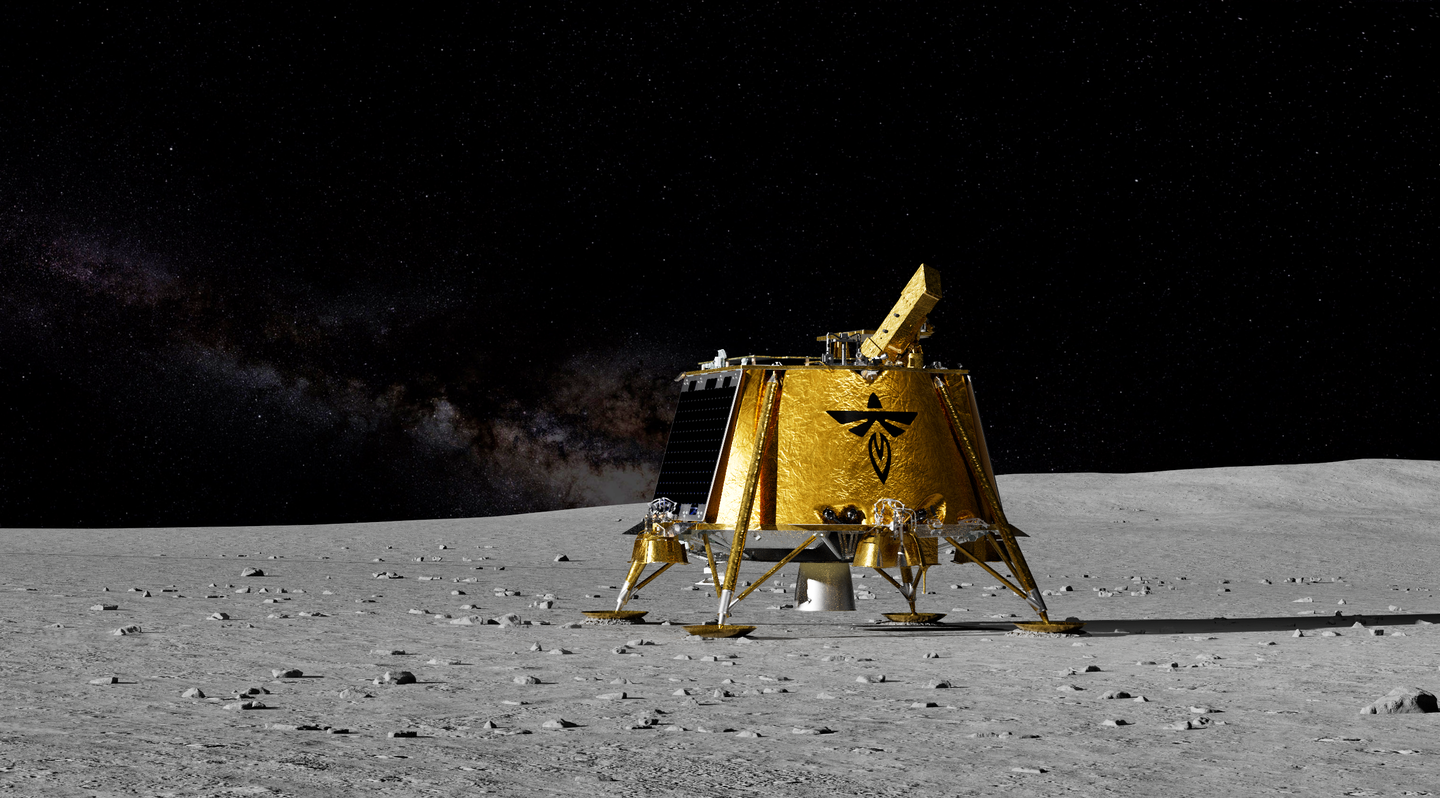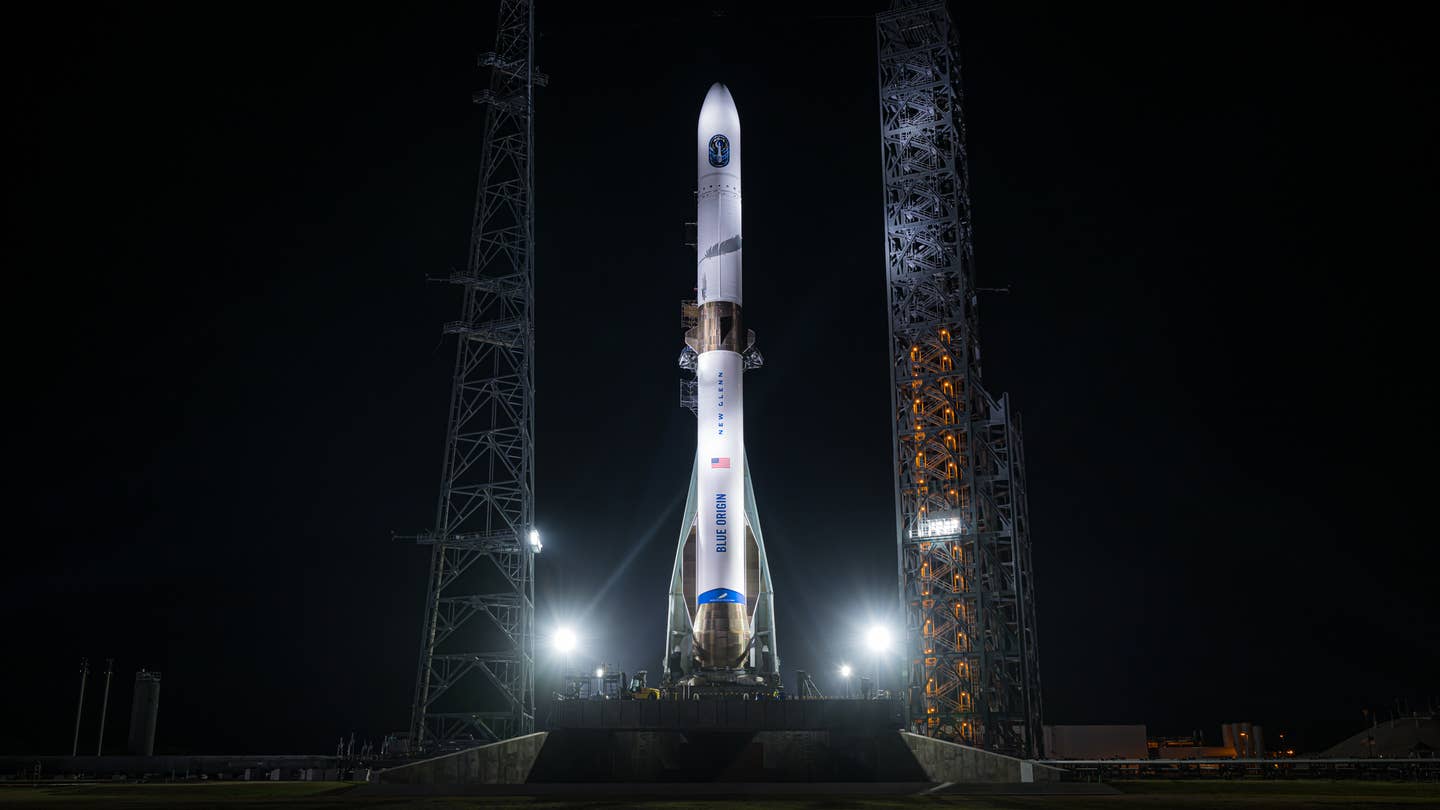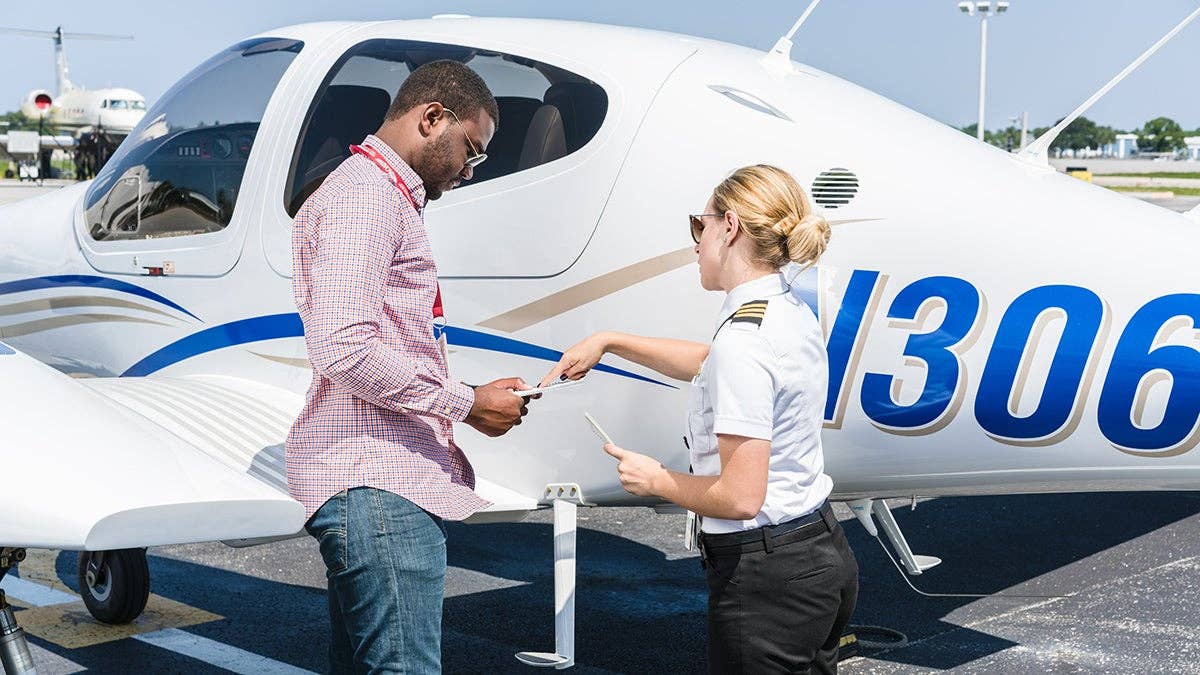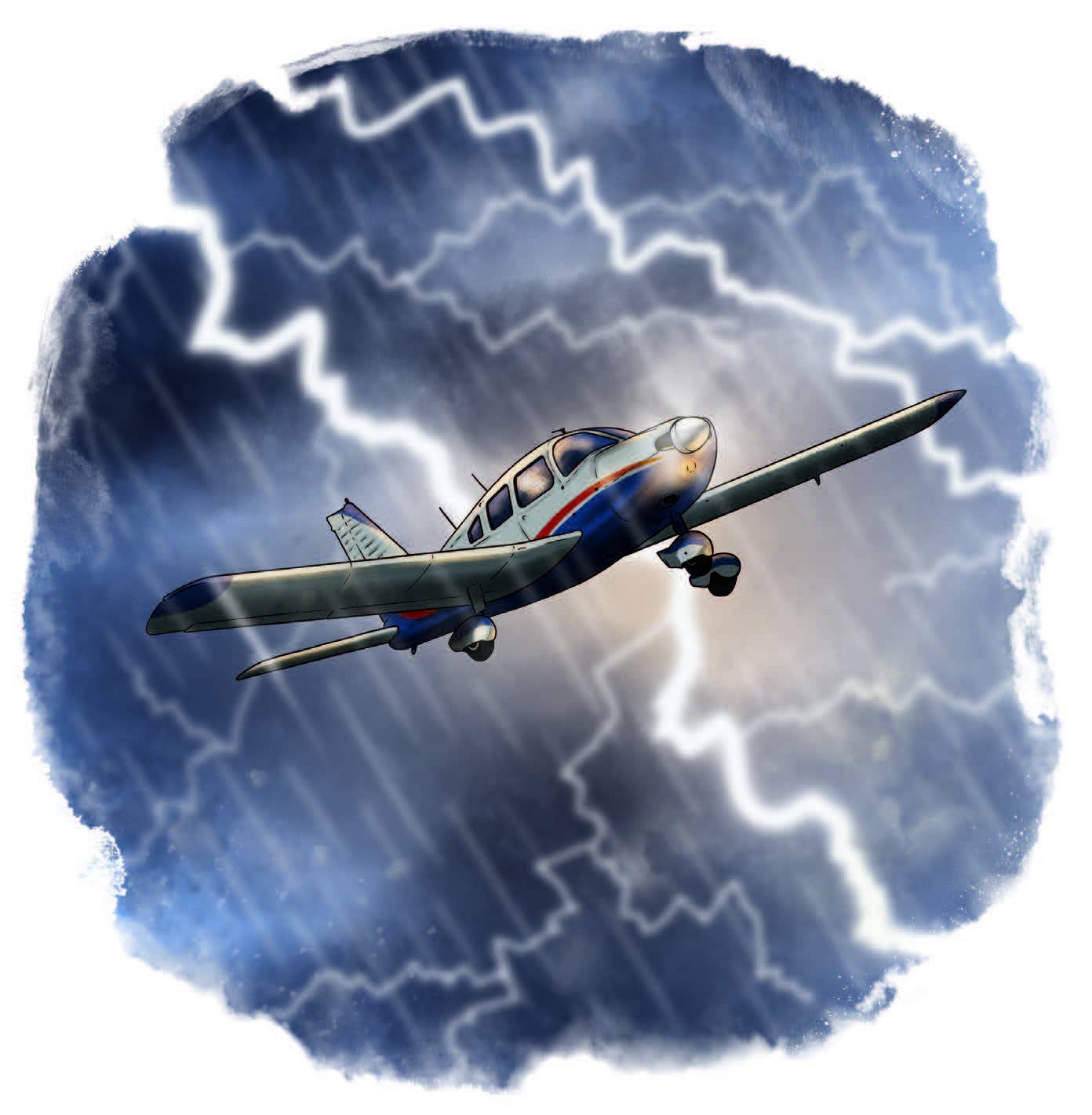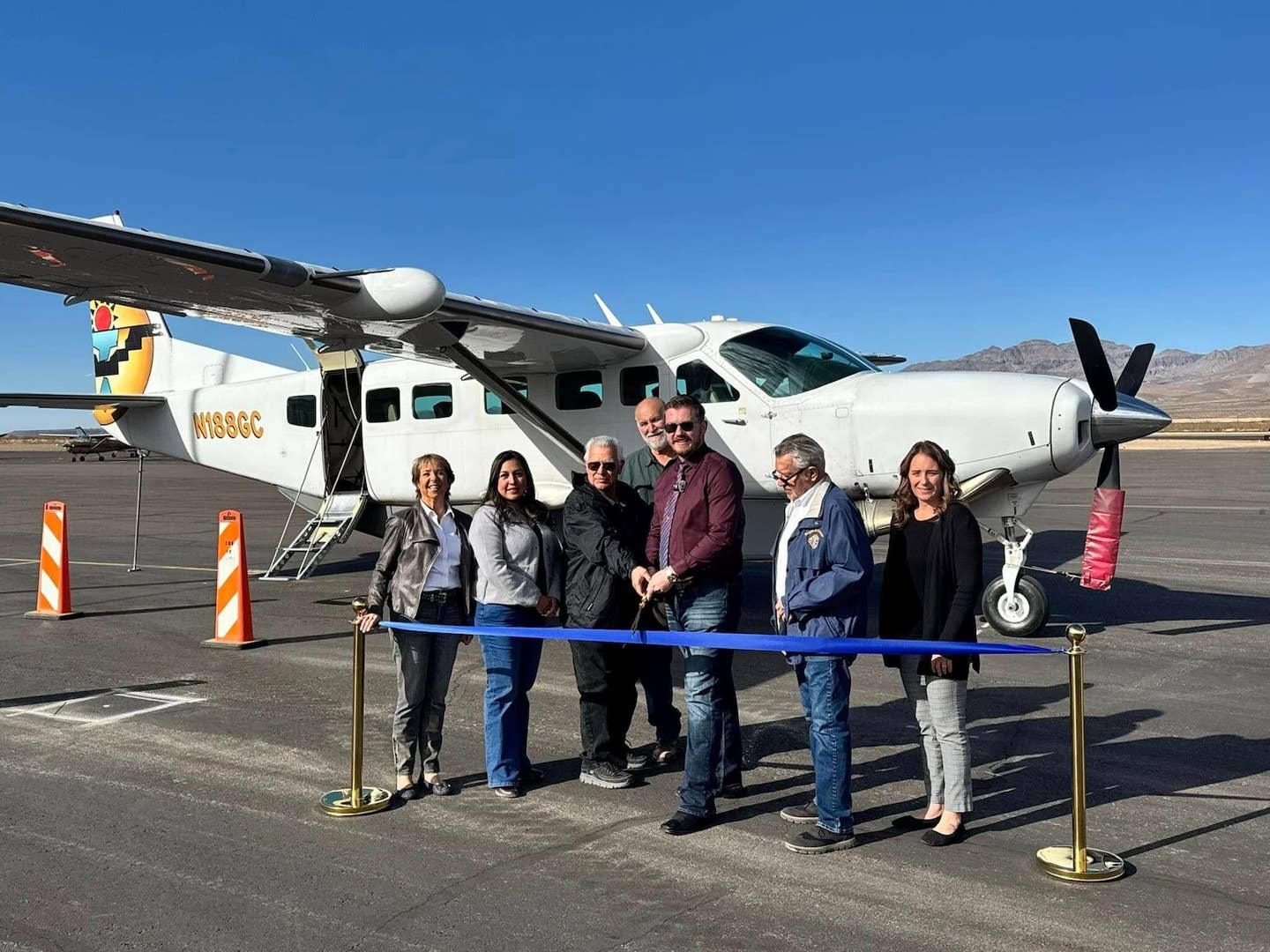
In December of 1902, the Wright brothers sent out letters of inquiry to 10 different manufacturers of gasoline engines, asking for an engine that could develop eight to nine horsepower, weigh no more than 180 pounds and be free from vibration. All 10 replied they did not make such an engine. Disappointed, Wilbur sought out Charlie Taylor, a machinist they had hired to run their bicycle shop during previous sojourns to Kitty Hawk.
"We'll just have to build our own," Wilbur told Taylor. "I suppose I don't have to ask why you want it," his friend replied. "That's right," Wilbur agreed. "We are going to put it on our machine. Next year at Kitty Hawk, we are going to fly."
Taylor had never built an engine, but he was a first-class machinist. Wilbur and Orville had designed the motor that drove the line shaft in their bicycle shop. What they decided on was a four-cylinder engine, bore and stroke at four inches, that developed 12 horsepower and weighed no more than 180 pounds. "While the boys were handy with tools, they had never done much machine work," Taylor recalled, "and anyway, they were busy on the airframe. It was up to me. … We didn't make any drawings. One of us would sketch out the part we were talking about on a piece of scratch paper and I'd spike the sketch over my bench."
|| |---| | | | In '02, Wilbur soared to new time and distance records.| Taylor's procedure was simple. After tracing the outline on a slab of machine steel, he would then drill through with a drill press and knock out surplus metal with a hammer and chisel. Then it went on a lathe, where he turned it down to correct size and smoothness. To save weight, the body of the engine was cast aluminum, with cast iron pistons and rings. The fuel system was a one-gallon tank suspended from a wing strut, with the gasoline fed by gravity to the engine. There were no spark plugs or batteries on the airplane. The engine was started by priming each cylinder with a few drops of raw gas, the spark produced by the closing of two contact points inside the combustion chamber. Dry batteries started the engine, but after that a magneto took over.
On February 12, 1903, the little engine ran for the first time-just six weeks after Taylor had begun. Unfortunately, the cooling system was poor and the valve box grew red hot after a few minutes' operation. The second day of testing, dripping gasoline froze the bearings, shattering the crankcase. A new casting could not be delivered for another two months. During that time, the valves were fitted with heavier springs so fuel consumption was cut in half and output increased to 16 horsepower-far more than what the Wrights had originally felt necessary. Based on that figure, they felt comfortable adding a bit more weight to the craft, with improvements that made it sturdier.
The engine was successfully block-tested a final time before crating for its shipment to Kitty Hawk in the fall. Said Taylor, "We rigged up a resistance fan with blades an inch-and-a-half wide and five feet two inches long. The boys figured out the horsepower by counting the revolutions per minute. Those two sure knew their physics. I guess that's why they always knew what they were doing and hardly ever guessed at anything."
This "Kitty Hawk Moment" is brought to you by the EAA, whose Countdown to Kitty Hawk program, presented by Ford Motor Company, includes an exact flying reproduction of the Wright Flyer. It is the centerpiece of the EAA's national tour during 2003, which will conclude with a five-day celebration at Kitty Hawk, North Carolina, where the Wright Flyer will fly again at exactly 10:35 a.m. on December 17, 2003, commemorating 100 years of powered flight.

Sign-up for newsletters & special offers!
Get the latest FLYING stories & special offers delivered directly to your inbox

